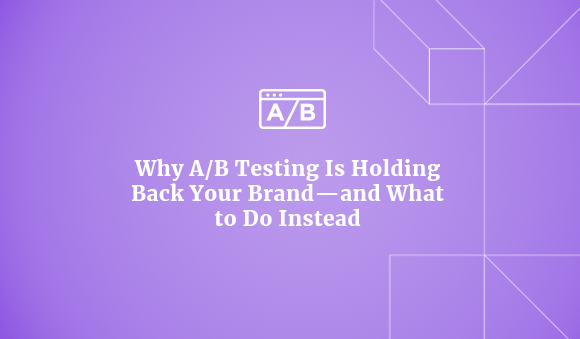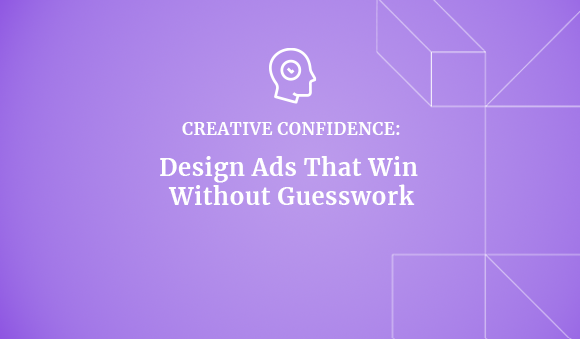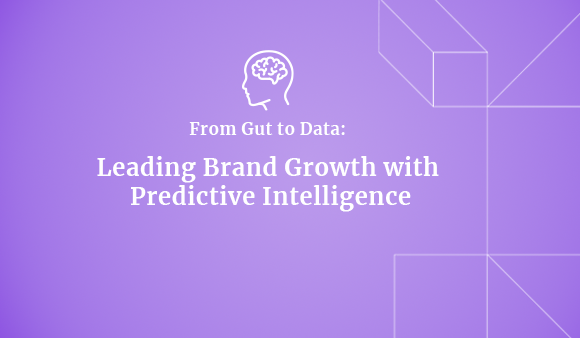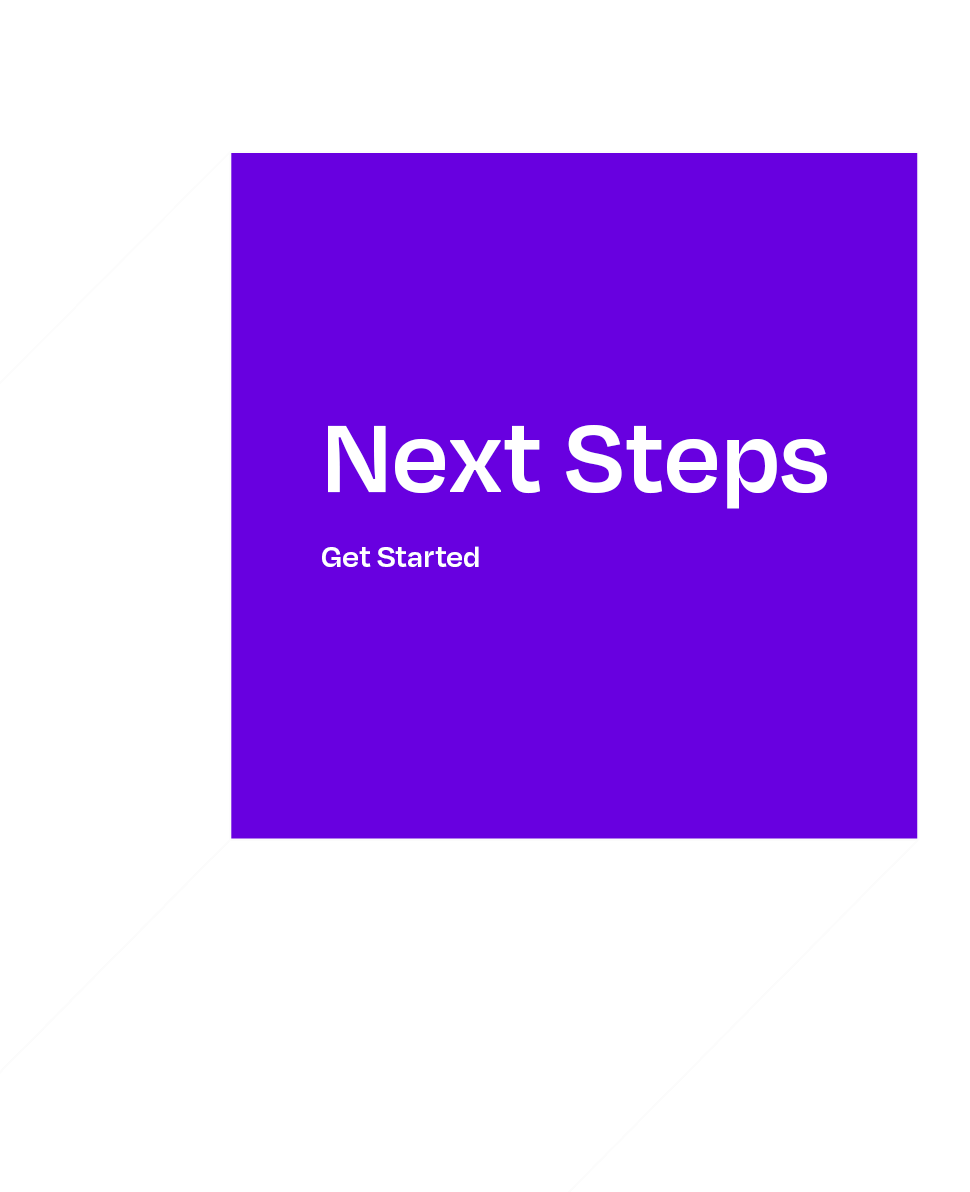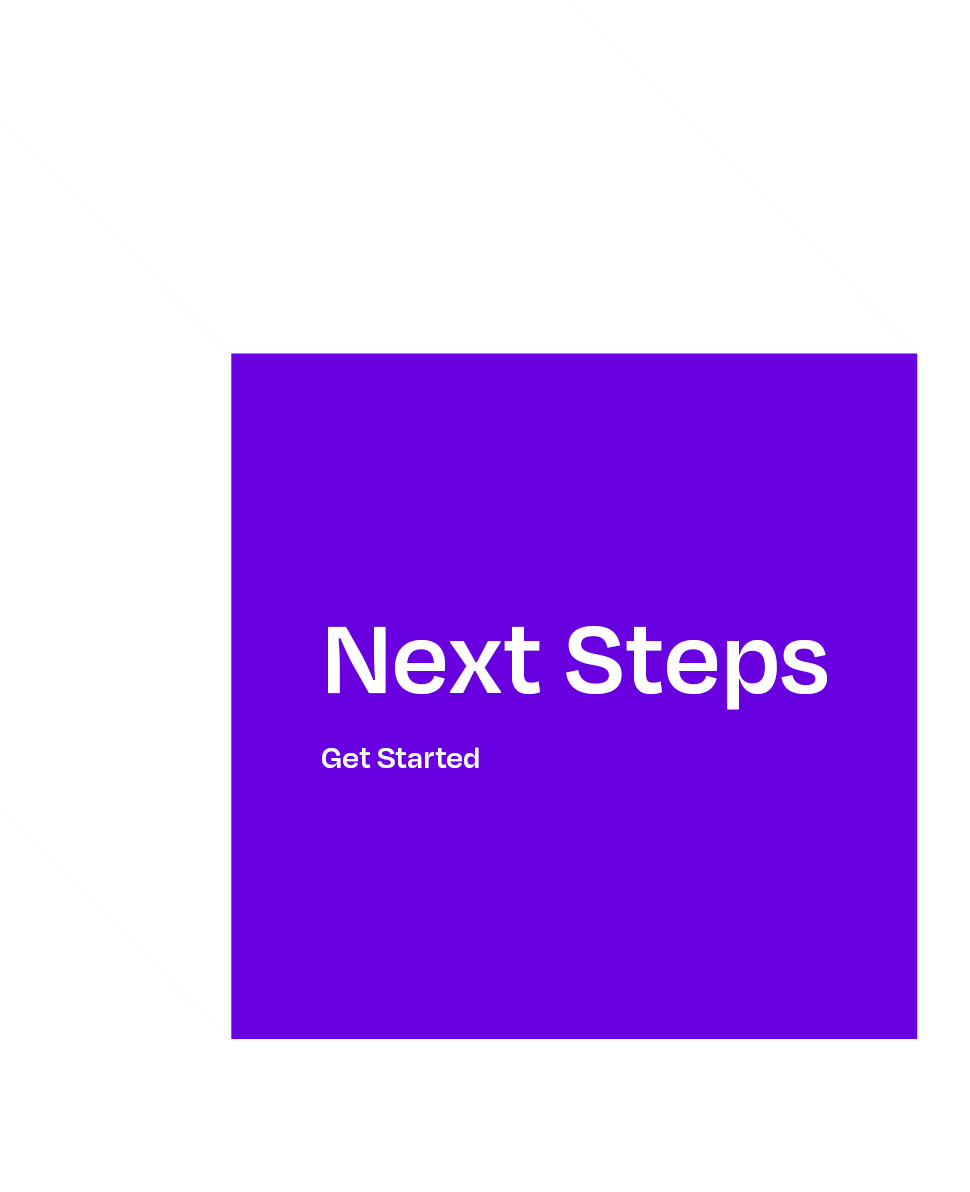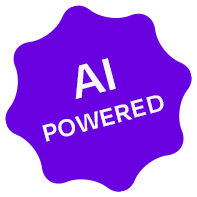The new scarcity in this information overload age is attention. The current state of affairs, by default, makes attention the start of a great ad. Today, the most in-demand commodity is not oil or data, it is eyeballs.
On average people are bombarded with 3000 advertising messages in a single day. What stands between a good ad and greatness is how well the creative is able to capture and retain the attention of the viewers which is why most advertisers nowadays center their creative strategies around stories and other creative tools that garner the maximum amount of attention.
The impact of these creative tools is amplified by 10x when the advertisers are considerate about viewers’ time as well as privacy. According to Jacob Nielsen, Web Usability Consultant and Co-founder of Nielsen Norman Group, “Anyone trying to connect with an audience must treat the users’ time as the ultimate resource.’
Captured attention and being considerate about viewers’ time might look like a straightforward recipe to create an internet-winning ad but do you know what actually captures their attention? Or which creative variables are responsible for generating the maximum amount of attention? Or what are the ideal length and ad format that will make people stay throughout the ad?
We have dived deep into the trenches of the internet, attention economy, and the advertising industry to find answers to these questions to help advertisers and marketers like you create your next great ad.
Effectiveness of Advertising
One of the oldest theories of measuring or understanding the effectiveness of advertising is the hierarchy of effects model. In simple words, the effectiveness can be measured by consumers’ responses to the anticipated sequence of effects created by launching an ad campaign. The different effects of an ad campaign in their proper sequence are as follows:
- Awareness of the ad
- Knowing brands’ offerings
- Liking the brand
- Choosing the brand over its competitors
- Conviction about the purchase
- And actual purchase
Most of the theories around the effectiveness of an ad suggest a single flow of effects but before any of this could happen, an ad must catch and hold the attention of the viewer. More importantly, how well an ad is able to retain attention will have a direct impact on how the ad and the brand are remembered. For example, because of the pop of yellow in M of the McDonald’s logo, it is able to capture a higher amount of attention and McDonald’s advertising team is very well aware of this brand trigger as they use it quite frequently in highly creative ways in their campaigns.
So, how should you go about recognizing such attention-capturing creative variables for your brand?
Variables that Generate Long-lasting Attention in Ads – Backed by Science
Australia’s Fairfax Media, a digitally progressive media company, recently conducted an eye-tracking study to understand audiences’ behavior as they interact with different digital ads across platforms.
Based on the study, participants’ answers to an ad-recall exercise, and a small qualitative discussion, the following are the creative variables that were present in the ads ranked highest for attention:
Colors: Contrasting colors/brand colors
Our brains have evolved to notice high contrasting images. For example, white on black or yellow on royal blue. This particular technique can be used to create a high-contrasting theme for your future ads that is in line with your branding.
Messaging: Simple, concise messaging
Loreal’s ‘This is an Ad for Men,’ KFC’s ‘We’re sorry,’ and Nike’s ‘Believe in something.’ All are examples of iconic ad copies that generated a lot of earned media for the brands, all on the accounts of being simple, concise, and emotional.
Design/Visual: Clear, uncluttered design
In an information overload world, the best way to set your ads apart is by wisely using the digital landscape for context-building and delivering the message instead of bombarding your viewers with everything at once.
Branding: Prominent brand logos/symbols
To associate your brand with the message you are delivering in your ads, it is important that your brand also gets a fair share of attention and visibility. It can be done by prominently placing your brand logos or symbols and playing with brand colors in the ads. It is all a matter of how creatively you can tell a story using the branding tools you possess.
Human Presence: Focus on a single character
Instead of filling up your frame with too many people, focus on a single character or a single character’s point of view which actually garners higher attention. In a study conducted by Incivus to measure the impact of different creative variables on the success of Super Bowl Ads of 2020, we found that the top Super Bowl ads had focused on a single character for 70% of their screentime whereas the bottom ads had 2 or more characters for 45% of the screentime.
Read the entire study here: Does Human Presence Actually Impact the Success of Ads?

Can Ad Formats & Position Contribute to Attention? The Answer is Yes!
Apart from optimizing creative variables for attention, a few ad formats when delivered on the right screen and in the right context can garner more attention than the others.

Source: Fairfax Media
For example, mobile break-up ads or also known as native ads are both noticed more and looked at longer than smaller mobile banner ads, mostly because they flow with the consumers’ scroll and feel like a part of the page.
On the other hand, banner (medium rectangle) ads usually seen at the top of webpages on desktops tend to receive twice as much attention from viewers when compared to banner ads on the second half of pages.
Again, the context of the ad and messaging will play a vital role in retaining attention once captured. So, if your makeup ad is running on a serious publication covering world affairs, it will do more harm than good to your brand. So, ad format aligned with the right device, platform, and context can garner higher attention for your ads.
Is Your Ad the Right Length to Hold the Attention of Your Viewers?
The ubiquity of social media and their short-video formats has caused an unreversible change in viewers’ behavior and their attention spans to an extent. Since people expect shorter content on social media platforms, shorter ads ranging between 10 to 30 secs tend to do a better job at attracting the attention of the viewers.
Advertisers advertising on social media platforms do have an additional problem to tackle with: passive attention. Ads delivered on scrollable platforms like Instagram, Facebook, etc. tend to receive higher passive attention which means longer ads will, by default, garner less attention and get scrolled past.
This is not to say that ads longer than 30secs cannot perform or gain any attention from your audience. The key to making longer ads work on social media is to start the ad with a hook and deliver a good story. Nike just launched a campaign revolving around the idea that Sport is never done, and it starts with a woman shouting the name of her child at the top of her lungs which successfully hooks the audience as they anticipate what will happen next. The ad then shows how parents view their kids spending time playing sport and it ends with an emotional moment wherein a child says what if it makes their life.
The secret to getting longer ads noticed is to be bold without being controversial. Various brands are also experimenting with interactive ads and social media posts to keep their audience hooked with the help of creative tools and visuals.
Your advertising strategy should depend on the context of the platform and the attention level of the people when they interact with that platform. We have explored the nitty-gritty of this concept in one of our recent articles that revolves around the importance of paying attention to attention in advertising.
It is Time to Switch to Attention Metrics
Metrics like reach, impressions, etc., will only be able to give a one-dimensional understanding of the effectiveness of your ads and campaigns. Impressions essentially counts the number of times an ad was loaded on the webpage, but with the increasing amount of passive scrolling people do, they might scroll past your ad without even paying attention while you still consider it as a win and pay for it to the advertising platforms.
Moreover, your viewers are getting smarter., According to a recent study most viewers find ads annoying and interruptive. This is the reason UGC (User Generated Content) ads are becoming popular day-by-day especially among the ecommerce and B2C brands. B2B brands are also being pushed to innovate and experiment with their advertising strategies as the dominance of millennials and Gen Z increases in the workforce globally.
As consumers’ behaviors are evolving along with the advertising platforms, it is time to switch to the metrics that actually matter — attention metrics. In quite simple words, attention metrics can be defined as the ways in which attention can be measured.
How to Measure Attention
While the metrics may vary based on platforms, individual cases, and the analytics & evaluation tools, the following are some general examples of possible ways to measure attention.
1. Active viewing time or viewability
The most common way to measure attention is by calculating the active time in view which is the average amount of time your viewers spent viewing your ad or a piece of content.
Many advertisers go beyond viewability and measure cursor position, touch rate, scroll rate, and scroll depth using heatmap tools to get a better understanding of the active attention and viewers’ interactions.
2. Lab research methods
Eye tracking
The most accurate way to measure attention is eye tracking wherein the movements of a user’s eyes are tracked and recorded using specialized tools and technology.
Eye tracking analytics give in-depth insights into user attention, how they interact and consume a piece of content, and how their attention falls on on-page ads.
Facial coding
In facial coding, the viewers’ expressions are tracked and recorded as they interact with your content and ads.
Various software and tools are available in the market that can be used along with webcams to record, track, and recognize facial expressions.
3. Ad evaluation tools
Our creative intelligence platform, Incivus, has the capabilities to evaluate your ads for attention as well as ad recall.

Built using perception technology, Incivus’ AI model is trained on real-time ad performance data and the data from human trials conducted using eye tracking and facial coding tools to understand the impact of different creative variables on the ad success.
Our attention module dissects your ads at a frame level and tells you exactly where the attention is falling and at what intensity. To test your video and display ads for attention and explore more about Incivus, reach out to us at marketing@incivus.ai.
